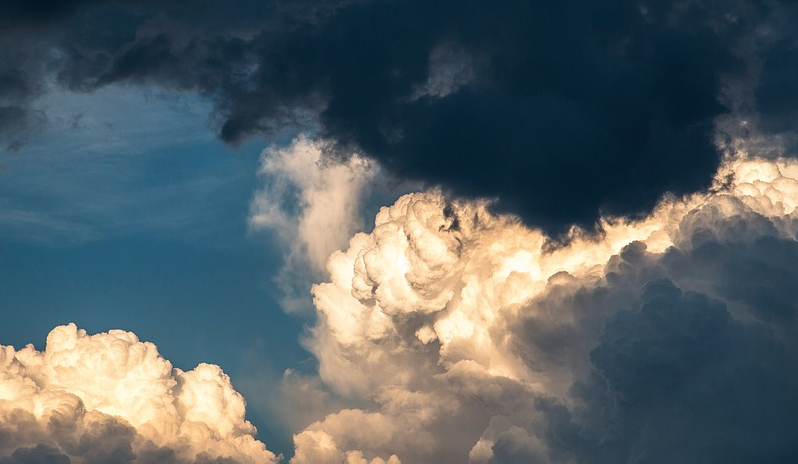Hurricanes are seasonal, and for the most part, we can prepare for them. If you live in a place where hurricanes occur, don’t be reactionary in your home and safety measures. Instead, choose to plan ahead and use some practical methods. Most hurricanes wreak havoc on those who live on the shore lines, or on the path of these disasters. Preparedness is a proven way of dealing with the emotional and physical toil that any hurricane season can bring your way and by so doing, you will also be able to feel safe and secure. Here are some steps you can take to practically prepare for a hurricane:
Step 1: Build a Disaster Kit
If you live in a hurricane-prone area, it is not a matter of if the hurricane will come, but rather when. Make sure you have some basics in your home kits to keep you afloat whenever you get weather warnings.
- Buy Food and Water- You need to buy enough water and food that will last you a couple of days or weeks. Buy canned food with a longer shelf-life. Ensure that your bathtub is filled with water, which you can use later in case your water supply is disrupted. Also make sure that the hot water tank is full. You can also store bottled filtered water in a safe, dry place.
- Ready Your Fridge and Freezer- When the storm enters your area, this is the time for you to pack your fridge with bottles of water, bags of ice, and sealed bags with non-perishable items in case the power goes out. Start by eating perishable foods first so that they do not go to waste.
- Stock Up on Prescription Medication- If you or a family member is on prescription medication of any kind, make sure you have purchased enough to last a couple of weeks or months to avoid being inconvenienced in case the drug store closes due to flooding.
Step 2: Protect Your Home
You can fortify your home before a hurricane hits and drastically reduce the damage that might occur during a storm. Use these protective measures to keep your property safe throughout.
- Check Your Insurance Coverage- Check to see if your insurance covers flooding, water, and wind damage. Ask about any evidence photos that may be required for compensation. If possible, update your home units and security measures. Having a flood sensor in your crawl space can alert you to rising water levels well before you notice them.
- Secure Your Windows and Doors- It may seem silly to board over windows, but it can prevent glass breaks or damage. If you can, install hurricane shutters.
- Cut or Trim Trees Close to Your House- This will prevent them from falling and damaging your property.
- Purchase a Generator- If need be, do have a generator as an alternative source of power.
- Identify a “Safe Room”- Choose a room with no windows or exterior doors as a place you and your family can retreat to once flooding starts or water levels are rising to alarming levels.
Step 3: Make a Family Plan
Ensure that all members of your family are on the same page in regard to disaster preparedness. Make sure everyone knows the precautionary measures, has phone and emergency numbers saved, and knows a safe meeting place you have all decided on. Save up some money and practice your response plans.
Following the three steps detailed above will give you peace of mind even as the world outside your home suffers the effects of a hurricane. Planning ahead will ensure you are ready to face any challenges that result from hurricanes or severe storms.


